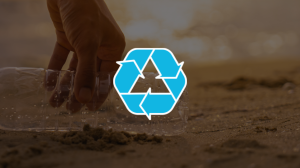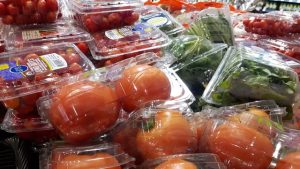Plastic is often referred to as a material that needs to be eradicated.
There is no doubt that the way we use plastics and our understanding of it as a resource have to change drastically. Yes, there is too much virgin material being produced and too many natural resources are used in the process; combine that with the way the average consumer uses and disposes of plastic, and our current attitudes come as no surprise.
Ironically, plastic was first invented to solve environmental problems – to reduce hunting for ivory, for example, and to provide sheaths for electrical wiring. And it remains an extraordinary resource – if we can raise awareness of the potential in using what is already in existence.
It is the ideal material for long-term applications. As a pure material, plastic can continue to be reused, recycled and remanufactured. But to do this, we need to change our thinking.
Plasticity of approach
One major barrier to the growth of new industries in remote or rural areas is the sheer distance between towns – but herein lies one example of the opportunities that a new plastics economy could create, with higher levels of employment, a consistent output and a true example of the circular economy in action. Growth in these areas will in turn create more opportunities for the next generation, who are seeking roles in which they can not only innovate and build a career but can also make a positive difference to our planet all while strengthening the economy.
By capturing the plastic we already have in circulation by developing clusters of direct collaboration along the supply chain, can not only strengthen local relationships but also capture value and create higher levels of transparency along the line.
Food manufacturers and high-density polyethylene (HDPE) containers offer one example of how regional loops might be created. This principle will be the same for other plastics similar to HDPE, with each having specific behavioural characteristics that can be applied to other long-term uses.
A food manufacturer will review their production process to ensure the plastic used for packaging containers is a pure resin (that is, not cheap, low-grade material) – which demonstrates the value of specific plastics vs cheap, low-performance products that continue to end up in landfill.
An ‘end of service’ partnership is created with a local plastic-processing facility, to which consumers can take their used containers either to be sterilized to food-grade quality and returned to the food manufacturer – or to be shredded, washed and manufactured into pellets that can then be recycled. This establishes the first local loop.
The pellets then go to the next partner in the supply chain; an end-market manufacturer, who can either manufacture more containers out of the recaptured material, or alternatively they could produce high-performance parts that can support other industries such as construction, marine or aviation.
These parts that were then utilized in complimenting industries can then be remanufactured again at the end of their service for that particular use.



